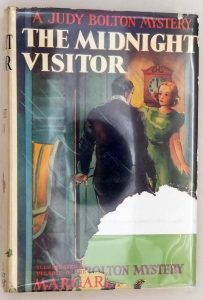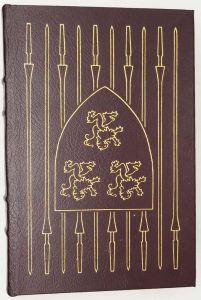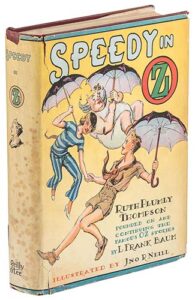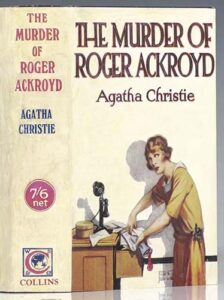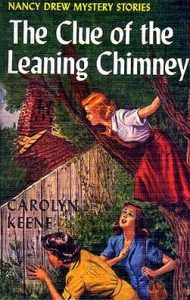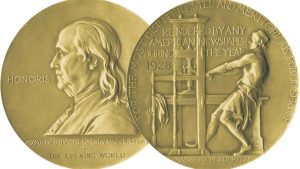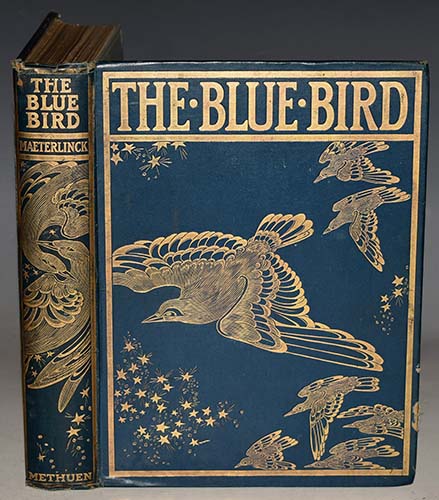
The Blue Bird (1911), Maurice Maeterlinck’s celebrated allegorical play, received one of its most profound visual interpretations in this edition illustrated by Frederick Cayley Robinson. Published by Muethen, London, 1911. The volume presents Maeterlinck’s mystical tale of two children’s quest for happiness through Robinson’s solemn yet poetic artwork. His illustrations capture the play’s ethereal symbolism with a distinctive blend of Pre-Raphaelite detail and Art Nouveau stylization. The muted color palette—dominated by twilight blues and warm sepia tones—creates a dreamlike atmosphere perfectly suited to scenes like the Land of Memory and Palace of Night. Robinson’s treatment of the Blue Bird itself becomes a powerful visual motif, its iridescent feathers appearing and disappearing throughout the plates like flashes of elusive joy. The illustrations demonstrate remarkable emotional depth, particularly in the depiction of the children’s evolving expressions as they encounter the story’s symbolic characters. This edition stands as a masterful synthesis of literature and visual art, where Robinson’s contemplative approach finds perfect harmony with Maeterlinck’s philosophical themes of life’s transience and spiritual awakening.
This edition stands as a significant example of early 20th century symbolist book art, where Cayley Robinson’s contemplative illustrations form a profound visual dialogue with Maeterlinck’s metaphysical text. The combination creates a particularly meditative reading experience that distinguishes it from more conventional children’s editions of the story.
About Frederick Cayley Robinson (1862-1927):
This British painter and illustrator developed a unique aesthetic bridging Symbolism and the Arts and Crafts movement. Trained at the Royal Academy and Académie Julian in Paris, Robinson became known for his solemn, meditative compositions influenced by early Renaissance frescoes and Pierre Puvis de Chavannes. While best remembered for his monumental hospital mural series Acts of Mercy, his book illustrations—particularly this 1911 Blue Bird—showcase his gift for visual storytelling. Unlike his contemporary Arthur Rackham‘s whimsical fairy tale illustrations, Robinson brought gravitas and psychological depth to children’s literature. His works frequently explored themes of innocence, transformation, and the supernatural—qualities that made him ideally suited to interpret Maeterlinck’s symbolic drama. Robinson’s legacy endures through his influence on later illustrators like Edmund Dulac and his rare but treasured book collaborations.
